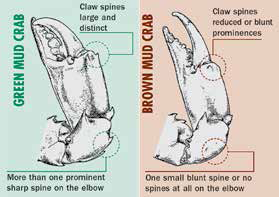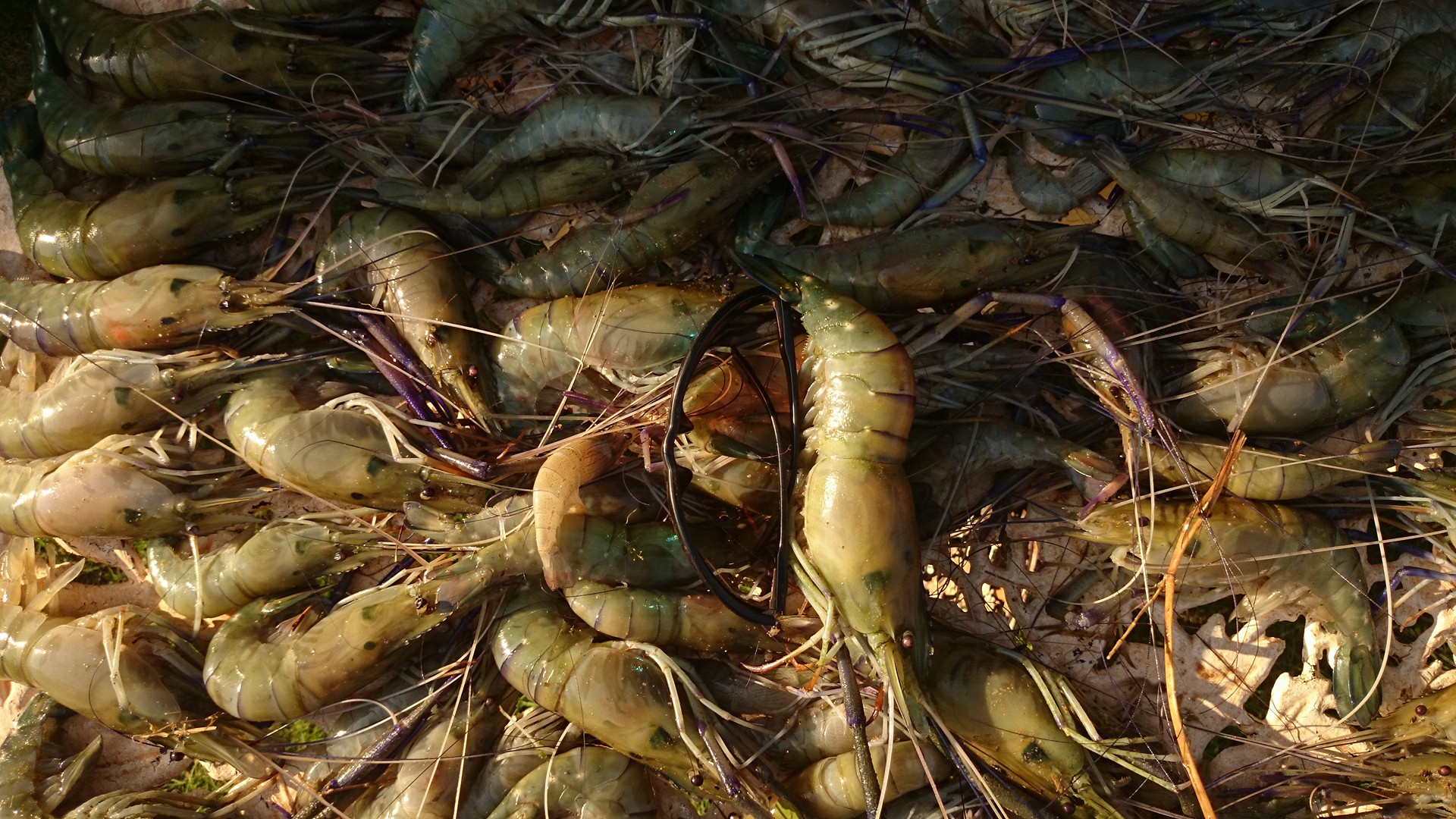FISHING IN WESTERN AUSTRALIA’S KIMBERLEY REGION
Fishing is a favourite past time in Western Australia for local people and visitors alike, and it’s easy to see why. The Kimberley region has some of the world’s best fishing on offer – whether it’s the thrill of landing an iconic barramundi or the adventure of hunting mud crabs – fishing in the north offers something for all the family.
The rules for fishing in Western Australia are different from those in other states. The Department of Fisheries manages fish stocks in WA through a number of measures including minimum and maximum legal size limits, individual bag limits, possession limits, licensing and seasonal closures. Before you head out fishing, Go to www.fish.wa.gov.au and downlad a copy of the Recreational Fishing Guide or download the free Recfishwest app on Google Play or the App Store for rules covering more than 180 fish species.
By knowing the rules and sticking to them, you are helping to ensure fish for the future for our children and grandchildren.
On your visit to the Kimberley, you will probably find yourself chasing one of the popular fish species listed here. Before you go fishing, please get to know the rules for each species.
THE ICONIC BARRAMUNDI
Barramundi is one of WA’s favourite fish, famous for its fighting ability and size. Barramundi are abundant in the Kimberley region, living in both fresh and saltwater and nearshore and estuarine environments. All barramundi start life as a male fish and depending upon habitat and food source change to a female fish at about 800mm.
|
Barramundi Fishing Rules: |
|
|
Minimum/Maximm Legal size: |
550mm minimum, 800mm maximum for recreational fishers |
|
Individual daily bag Limit: |
Two (also applies when they are part of the total mixed species bag limit of 16 for nearshore/estuarine finfish in WA.) |
|
Possession Limit: |
Two |
|
Legal Fishing Methods: |
You may only catch barramundi by using a single rod, reel and line or single hand-held line. |
‘MUDDIES’
Mud crabs are found from Shark Bay northwards, on the muddy bottom in sheltered waters like estuaries, tidal flats and mangroves. Catching ‘muddies’ is a real adventure, but watch out for their powerful claws. Remember to wear heavy-duty protective gloves or use tongs to keep your hands safe when handling mud crabs. Also, make sure you can tell green and brown mud crabs apart, as they each have different minimum legal sizes.
|
Mud Crabbing Fishing Rules: |
|
|
Minimum Legal size: |
Green Mud Crab 150mm Brown Mud Crab 120mm (carapace width) |
|
Daily bag Limit: |
Five (5) |
|
Daily Boat Limit: |
Ten (10) Require minimum of two fishing from a boat license holders on board. |
|
Legal Fishing Methods: |
You may only catch crabs by.
|

CHASING CHERABIN
Cherabin or ‘freshwater prawns’ are an Australian favourite that provide great eating whether boiled, fried, barbequed or roasted. They also make excellent live bait for catching
barramundi. Cherabin live in fresh water, and can be caught using any of the legal methods listed below.
|
Cherabin Fishing Rules: |
|
|
Minimum Legal size: |
N/A |
|
Individual Daily bag Limit: |
9 Litres |
|
Daily Boat Limit: |
N/A |
|
Legal Fishing Methods: |
You may only catch cherabin by.
|
Other things to consider when fishing in Western Australia:
• Take only what you need for a feed.
• Handle fish safely. Release undersized or excess fish gently and as soon as possible.
• If you are fishing using a motorised boat you will need a Recreational Fishing from Boat Licence.
• Please also be aware of rules regarding marine protected areas in Western Australia.
• Use only legal fishing gear
• Dispose of your rubbish properly
• For all recreational fishing rules, pick up your new Statewide guide or visit www.fish.wa.gov.au
• Travelling and fishing in the Kimberley can be potentially dangerous without adequate planning and preparation.

BOATING SAFETY
In unprotected waters, which includes the whole of King Sound, Yampi Sound and Kuri Bay, the following safety equipment must be carried on all powered pleasure craft:
• One life jacket of approved standard for each person on board.
• 2 x hand-held orange smoke flares.
• 2 x hand-held red flares which may be substituted by 2 x rocket flares. (All flares must bear the stamp of Australian Standards Association (AS2092).
• A suitable anchor with at least 2 metres of chain attaching the anchor to the rope – which should be at least 3 1/2 times the depth of water.
• A suitable fire extinguisher to be carried (if inboard/ outboard motor exceeds 10 horsepower).
• Boats intending to operate in excess of 5-30 nautical miles offshore are required to carry basic VHF equipment and a digital E.P.I.R.B.404
• For more information on Marine Saftey visit the Department of Transport Marine website.
• Register your trip with BARC 9191 1316.
